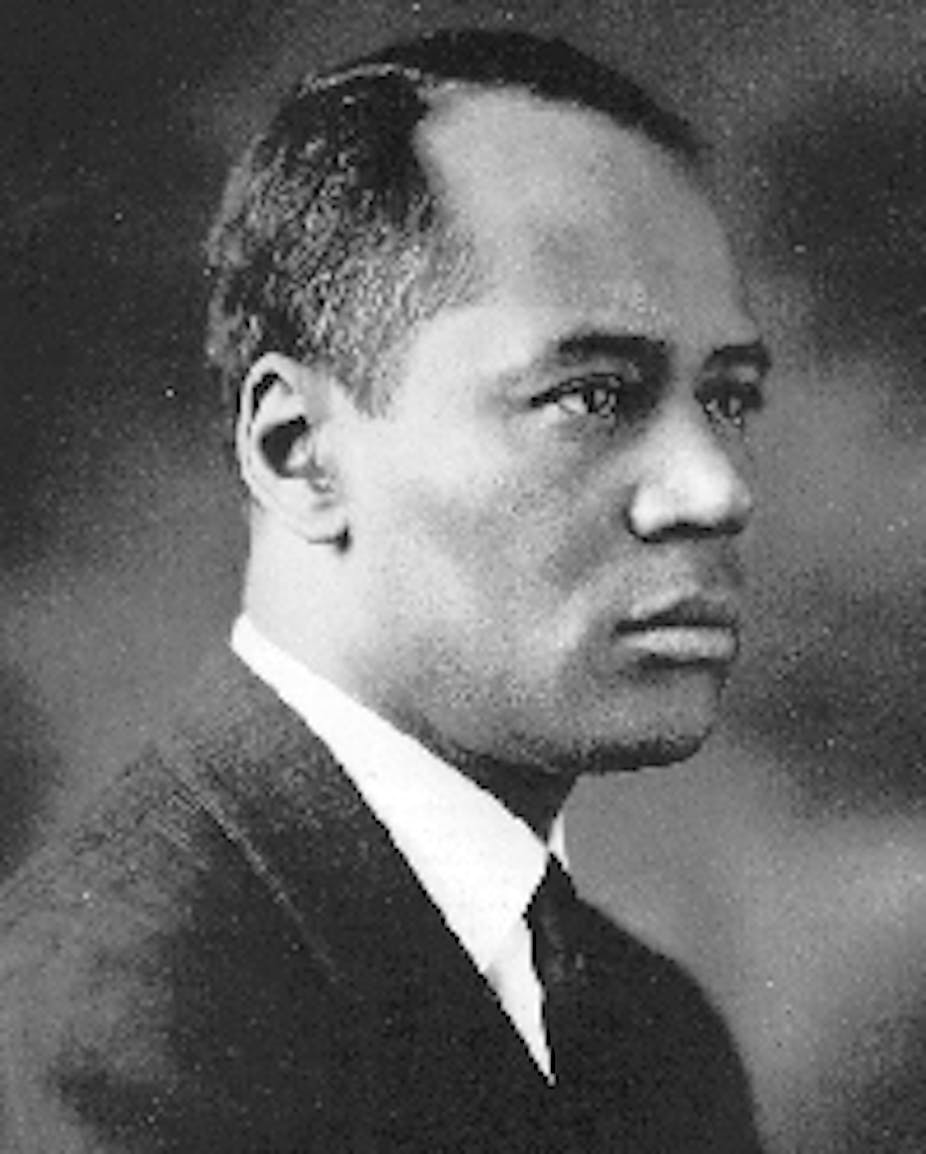The civil rights movement produced many different types of leaders.
Thurgood Marshall, argued successfully before the Supreme Court that racial segregation laws violated the US Constitution.
Diane Nash, a college student at Fisk University in Nashville, Tennessee, led sit-ins and freedom rides. Those efforts helped outlaw racial segregation in public places.
Martin Luther King, Jr., one of the most significant civic leaders in American history, inspired common people and influenced US Presidents. For over a decade, he led a nonviolent movement that promoted social, political and economic justice.
King, Nash, and many others exerted tremendous pressure on President Lyndon Johnson and the US Congress, and those efforts helped pass national voting rights legislation.
But for all these achievements, Americans have more work to do.
Economic, education, legal inequalities
Today, black people living in urban ghettos suffer the effects of decades of housing segregation. They live far from employment opportunities. Almost all of their neighbors are poor, which limits the types of professional networks they can access.
The cost of living in American cities rises each year while for decades wages for working people have flat-lined. Public schools in cities like New York City and Philadelphia are now more racially segregated than they were in the 1960s. The Supreme Court has limited policies that promoted affirmative action and voting rights. Many police departments, district attorneys, judges and juries arrest, imprison, and even kill black people at rates significantly higher than the African American proportion of the total population.
We are witnessing a contemporary civil rights crisis in America.
In recent months, new waves of protest for social justice have arisen across the country. Like the civil rights movement of the 1950s and 1960s, today’s leaders are fighting for African Americans’ human and civil rights.
They have articulated a simple and powerful idea: “Black Lives Matter.”
Inevitably, the effectiveness of the Black Lives Matter Movement will hinge upon whether its leaders can produce tangible changes in America’s political, educational, and criminal justice systems.

Helpful to examine those who went before
Biographies of past leaders offer many useful lessons for today’s citizens and activists. Well-researched biographies teach the importance of leaders having clear political ideas, strategic alliances, well-organized institutions, and effective tactics. They also show that many different styles, ideas, and approaches existed. The civil rights movement’s successes came from the diversity, dynamism, and dedication of its leaders, not the charisma and influence of a single messiah.
Life stories of significant leaders, especially those who are not well-known, also reveal that they sometimes did not live to see their efforts end in success. Generations of leaders contributed to the civil rights movement’s accomplishments. Successful movements often span many lifetimes.
A brief sketch of the life of Charles Hamilton Houston illustrates these points.
Born in 1895, Hamilton graduated from Amherst College and served as a First Lieutenant in the US Infantry during World War I. It was that experience that helped set his eventual path:
“The hate and scorn showered on us Negro officers by our fellow Americans convinced me that there was no sense in my dying for a world ruled by them. I made up my mind that if I got through this war I would study law and use my time fighting for men who could not strike back.
Hamilton attended Harvard Law School where he was the first African American to become editor of the Law Review. He became a professor at Howard University Law School in the 1920s, and then dean in the early 1930s.
Houston trained the cadre of civil rights attorneys who, under his direction, played a major role in nearly all of the civil rights cases before the US Supreme Court in the 1940s and 1950s.
The strategy he developed led to the landmark Brown vs Board of Education case in 1954, which famously struck down "separate but equal” doctrine that perpetuated racial segregation in public schools. It was a major civil rights victory.
Houston had a clear philosophy about the law and how black lawyers could effect real change in a racially entrenched society. He believed that the law should promote positive, peaceful forms of “social engineering.”
Gradual changes in our legal system, Houston argued, would ensure justice for all American citizens, especially African Americans. As an educator, Houston’s goal was to train lawyers to become “sentinels guarding against wrong.” He often told students, “a lawyer’s either a social engineer or he’s a parasite on society.” The work and accomplishments of just one of Houston’s protégés, Thurgood Marshall, proved his philosophy’s effectiveness.
In the late 1930s Houston also led the legal team for the National Association for the Advancement of Colored People. Before he died in 1950, he had mounted legal challenges against racial discrimination in housing and employment. Looking back on the civil rights movement’s tremendous legal victories, Marshall told an audience in 1978 that “Charlie Houston,” was the “engineer of it all.”
Houston was a powerful leader because he possessed a clear vision of how black lawyers, and the law itself, could change American social life in positive ways. He advanced this idea through institutions and organizations. He trained other leaders to carry on this work.
Houston did not live to see his work’s greatest achievements but, for a time, the legal victories Houston helped design made America a more just and equitable society.
After Houston died, whenever Marshall and other lawyers who worked on the Brown case got stuck on a problem, they’d often ask, “What would Charlie say?”
It is a question we would do well to keep asking.

